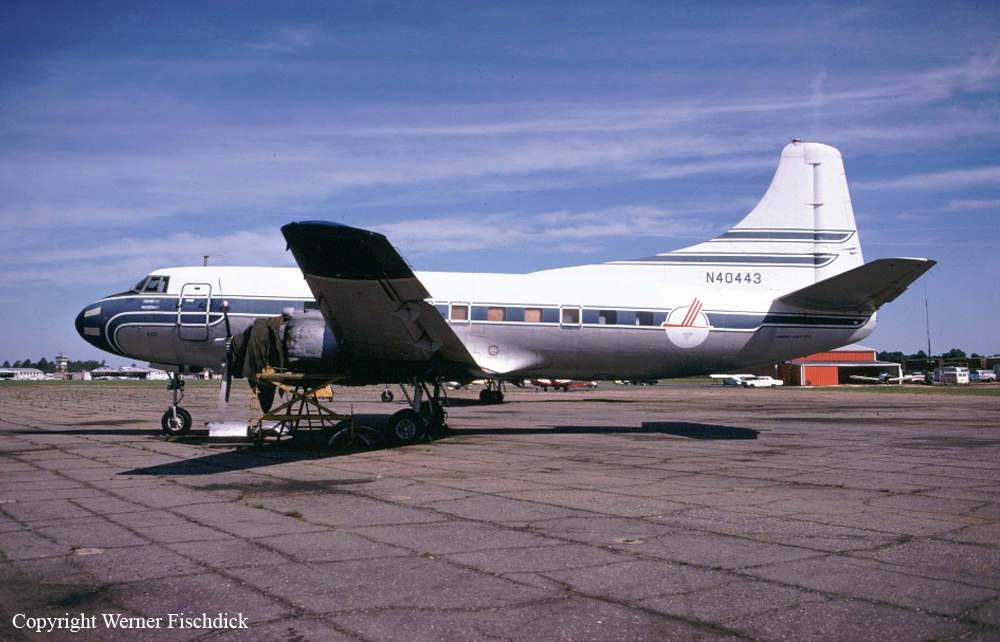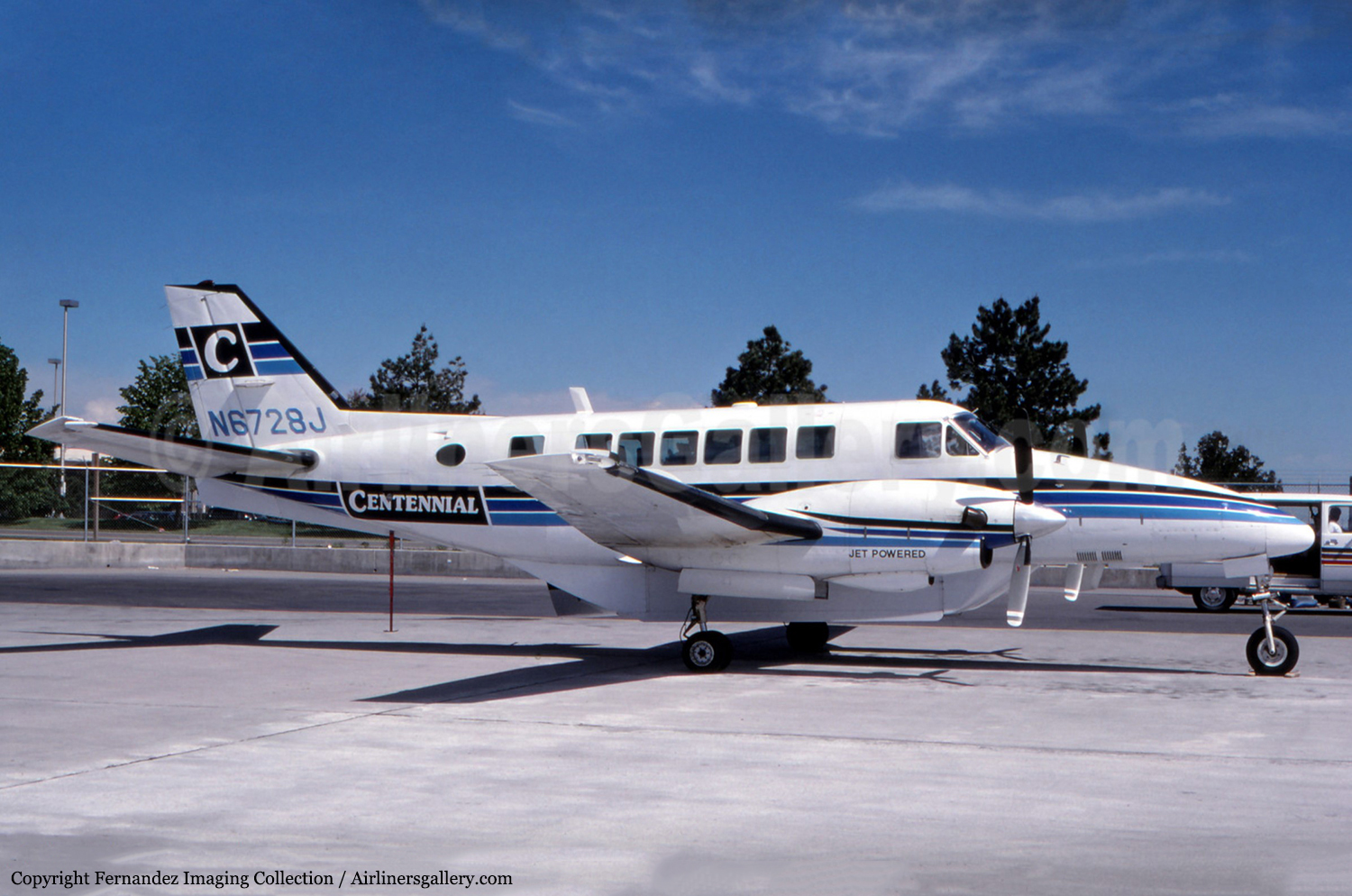Crash of a Martin 404 in Buffalo: 3 killed
Date & Time:
Jun 27, 1986 at 0545 LT
Registration:
N40443
Survivors:
No
Schedule:
Buffalo - Buffalo
MSN:
14228
YOM:
1952
Crew on board:
2
Crew fatalities:
Pax on board:
1
Pax fatalities:
Other fatalities:
Total fatalities:
3
Circumstances:
N40443 was contracted by the Wyoming Department of Agriculture to spray grasshoppers. Investigation revealed the pilot held a private certificate with asmel ratings. His medical certificate was denied because he failed to provide information concerning high blood pressure and alcoholism. Copilot held a commercial certificate with asel rating. No evidence was found to indicate that either pilot had any operating experience in the Martin 404 aircraft. Former employees of operator stated that N40443 was not well maintained. The ADI system and interior lights were inoperative. Weight of aircraft at the time of accident was calculated to be 44,492 pounds. The max gross total weight for a 'dry' takeoff from a 4,500 foot runway was approximately 37,900 pounds. The flight manual performance charts indicate that a runway length of over 5,500 feet would be needed for an aircraft at 44,492 pounds. The aircraft collided with a dirt bank during takeoff. All three occupants were killed.
Probable cause:
Occurrence #1: loss of control - in flight
Phase of operation: takeoff
Findings
1. (f) fluid, adi fluid - inoperative
2. (f) preflight planning/preparation - poor - pilot in command
3. (f) lack of total experience in kind of aircraft - pilot in command
4. (c) inadeq certification/approval, operation/operator - company/operator mgmt
5. (c) aircraft performance, takeoff capability - exceeded
6. (c) aircraft weight and balance - exceeded - pilot in command
7. (f) lack of recent experience in type of aircraft - pilot in command
8. (f) lack of total experience - copilot/second pilot
9. (c) airspeed (vlof) - not attained - pilot in command
10. (c) proper climb rate - not possible - pilot in command
11. (c) remedial action - not possible - pilot in command
----------
Occurrence #2: in flight collision with terrain/water
Phase of operation: descent - uncontrolled
Findings
12. Terrain condition - dirt bank/rising embankment
Phase of operation: takeoff
Findings
1. (f) fluid, adi fluid - inoperative
2. (f) preflight planning/preparation - poor - pilot in command
3. (f) lack of total experience in kind of aircraft - pilot in command
4. (c) inadeq certification/approval, operation/operator - company/operator mgmt
5. (c) aircraft performance, takeoff capability - exceeded
6. (c) aircraft weight and balance - exceeded - pilot in command
7. (f) lack of recent experience in type of aircraft - pilot in command
8. (f) lack of total experience - copilot/second pilot
9. (c) airspeed (vlof) - not attained - pilot in command
10. (c) proper climb rate - not possible - pilot in command
11. (c) remedial action - not possible - pilot in command
----------
Occurrence #2: in flight collision with terrain/water
Phase of operation: descent - uncontrolled
Findings
12. Terrain condition - dirt bank/rising embankment
Final Report:




